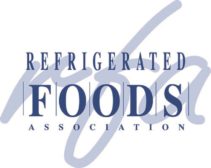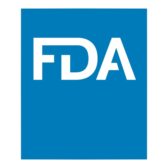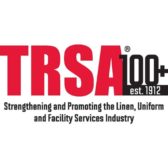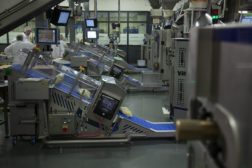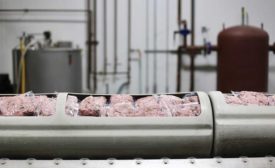Food Safety
Reducing Product Effect in Chilled and Frozen Foods During Metal Detection
Improvements in the accuracy of metal detection can pinpoint even the smallest fragments and elusive grades of stainless steel in foods.
March 15, 2020
How supply chain checks & balances help face a recall with confidence
Remember that food contamination can come from several sources and can arise at virtually any point in the supply chain.
January 21, 2020
The many layers of HPP
High-pressure processing (HPP) was once considered the ultimate food safety solution. But, after peeling back the many layers of this technology, HPP brings many more benefits to the food processing table.
January 15, 2020
Elevate your expertise in refrigerated and frozen foods with unparalleled insights and connections.
Get the latest industry updates tailored your way.
JOIN TODAY!Copyright ©2025. All Rights Reserved BNP Media.
Design, CMS, Hosting & Web Development :: ePublishing





